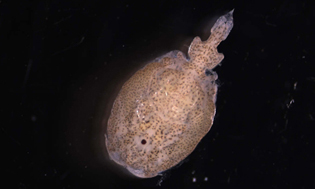 As climate change and increasing aquaculture production fuel the sea lice problem, some researchers hope knowledge from the soon-to-be sequenced salmon genome will give fish farmers an edge in an intensifying battle against the tiny parasites.
As climate change and increasing aquaculture production fuel the sea lice problem, some researchers hope knowledge from the soon-to-be sequenced salmon genome will give fish farmers an edge in an intensifying battle against the tiny parasites.
“Sea lice is maybe the number one problem for salmon aquaculture,” says Sigbjørn Lien, professor at the Norwegian University of Life Sciences in Aas. He is the lead investigator on a new research project that’s trying to identify salmon genes associated with lice resistance.
Nina Santi, research director of Norway’s Aqua Gen breeding company, says the government has become more concerned about sea lice infestations in wild salmon over the last couple years and this has led to stricter rules for granting and extending farming licenses. In order to compete for new licenses, those in the industry are now required to show that their practices have low impacts on wild salmon.
“The authorities are more or less putting the growth of the industry on hold and they’re signalling very strongly that the industry needs to control sea lice levels,” she says.
Read More:
Barents Observer (31 May 2013)
